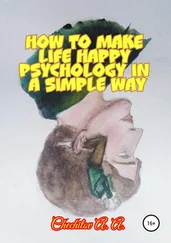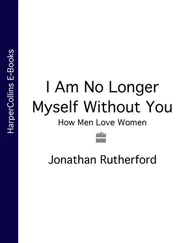The conflict divided and dispersed the Saharawi population. Over half fled the invasion and the Moroccan aerial bombardments of napalm and cluster bombs to become refugees in the Hammada, a notoriously inhospitable part of the Algerian desert. Tens of thousands more remained stuck under the rule of their neighbours. Then in the mid-80s, at the height of the war, Morocco built a 2,500km long Berm in Western Sahara to defend its occupation against Polisario attacks. This reinforced sand and stone wall, protected by over 5 million landmines and 100,000 Moroccan soldiers divided the territory as well as every Saharawi family. West of the Berm, under Morocco’s occupation, the Saharawis endured systematic human rights violations and were largely outnumbered by Moroccan settlers, the army and security forces. East of the Berm, in the area known as the ‘liberated zones’, the Polisario military forces controlled the remaining 1/5th of Western Sahara.
In 1991, both sides put down their arms in favour of a Settlement Plan which sanctioned the UN to organize a referendum in Western Sahara for the Saharawis to vote for either independence or integration with Morocco. Scheduled for early 1992, it has yet to take place, although the cease-fire still holds. Saharawi Art and Culture and the Historical Struggle
In their nomadic past, rich oral traditions were the primary means by which the Saharawis transmitted their culture and history. Expressing a cultural fusion of Berber, African and Arab-Islamic influences, this transmission was largely done in Hassaniya — an unwritten Arabic dialect which became dominant after invading Yemenite tribes successively conquered the Western Saharan region in the 11th and 13th centuries.
Poetry was by far the most highly respected of the oral traditions and poets were held in great esteem for their prodigious language skills and memories. With the rise of the Saharawi anti-colonial movement in the early 70s, this medium was harnessed to mobilize the still largely illiterate masses. Many Saharawis today will recount how they were moved by the power of a poem or a song, to join and fight with the Polisario Front.
When the Polisario emerged, its founding members (a group of university students studying in Morocco, influenced by radical ideas of the times), aspired to eradicate tribalism and all forms of inequality in their quest for independence. They regarded the realm of art and culture as prime terrain for expressing these aspirations and forged a new Saharawi identity that bridged the past with the future. But sadly, the tragic turn of events which unfolded at the end of Spain’s rule, meant this vision would only be implemented in the context of a refugee existence and not in an independent country.
Ironically, the intensely isolated state of exile brought on by the war years bred new cultural and artistic developments. In this period, the arts played a primary role in rallying the spirits and emotions, with the struggle and its political aims as central themes. Saharawi music groups, for the first time, formed to sing to the world about the injustices they faced. Drawing on their musical tradition of el howl , they innovated through the use of new instruments, such as the electric guitar and keyboard-synthesizer and modernized their rhythms. The stigma of being associated with the caste of professional artists, known as iggawen in Mauritania, was overcome by the fact that they were singing for the struggle, not for money. Money, in fact, played no part in the first twenty years of camp life and relations between the refugees and the Polisario leadership operated on the basis of an exchange: the movement secured their basic needs and provided free access to health and education; the refugees gave their labour and skills.
The impact of the Moroccan occupation on Saharawi identity had another unforeseen dimension. Speaking Spanish transformed into an expression of resistance rather than a symbol of colonialism and so very soon after the Saharawis became refugees, Spanish began to be taught in primary schools as a second language. In exile, the Spanish language has become one of the most important legacies Spain left the Saharawis and has been integrated comfortably into the Saharawi identity — a trend reinforced further by the large number of young Saharawi refugees who studied in Cuba. The education of thousands of young Saharawis abroad also meant new influences were being introduced into the lives of the refugees — new forms of creative expression such as painting, photography, theatre and film. But these new interests also meant facing prevailing social and religious taboos, especially when it came to figurative painting.
Since the cease-fire in 1991, the Saharawis have entered a new phase. No longer rallied around the call of war they have been waiting in frustration for a long overdue referendum. The arts, in this context, have had to search for a new direction and meaning. The camps have not been immune from the forces of globalization either and growing consumerism has placed pressures on the arts to meet economic ends. The once collective nature of artistic expression is also seeing erosion by individualistic trends. But on the positive side, waning of political interest and support for the arts has freed them from existing only to serve the cause. Introspective, personal and sometimes critical tones have begun to emerge. However, it is always shaped by the reality of the harsh conditions the refugees live in and by their longings and anxieties of what the future holds. In the absence of war, art and culture are vital in affirming their existence and the evolving complexity of their identity. The Refugee Camps
The Saharawi refugees are based in South West Algeria near Tindouf in four large camps. Each camp — Al-Auin, Smara, Ausserd and Dakhla — is named after a hometown in Western Sahara. Locally referred to as wilayas they are run like provinces of a state. Each wilaya is further divided into six or seven districts called dairas , also named after places in their homeland. The four wilayas together are home to almost 200,000 refugees who are living in an extremely hostile and barren landscape.
The Polisario-run refugee camps provide a temporary base for the Saharawi government in exile — the Saharawi Arab Democratic Republic (SADR), self-proclaimed on February 27th, in 1976, as the last Spanish soldier withdrew from its former colony. Although no Western government recognizes it, the SADR enjoys full diplomatic ties with over seventy countries. In exile, the government has sought to develop a democratic system and involve a high percentage of female participation. Of its nineteen ministries, three are headed by women. A third of the elected members of parliament are women, reflecting their prominence in public life and the central role they have in running the camps.
This role began from the first days of exile. With the men away fighting at the war front, it was the women who were primarily left with the huge responsibility and task of setting up the camps. But promoting the women’s position in the society also fitted with the movement’s progressive ideals and the National Saharawi Women’s Union was formed to ensure women’s rights were advanced. By 1978, the first women’s vocational school was set up, a residential school known as February 27 and now a woman’s vocational school exists in each camp.
The educational achievements of the refugees are by far the most remarkable aspect of their experience. Again here, the Saharawi women have made impressive strides. When the exodus began less than five per cent were literate. Today more than ninety per cent can read and write. This fact is largely due to the goal of the nationalist Polisario Front’s to equip the Saharawi population with the knowledge and skills to run an independent Western Sahara in the future.
Читать дальше
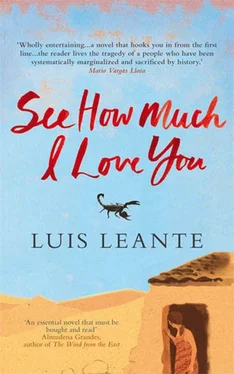
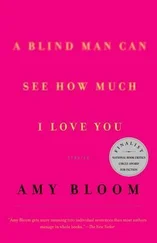
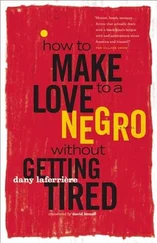

![Ally Carter - [Gallagher Girls 01] I'd Tell You I Love You But Then I'd Have to Kill You](/books/262179/ally-carter-gallagher-girls-01-i-d-tell-you-i-lo-thumb.webp)

